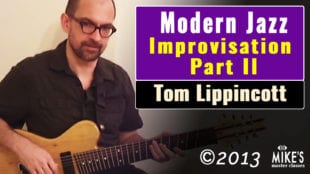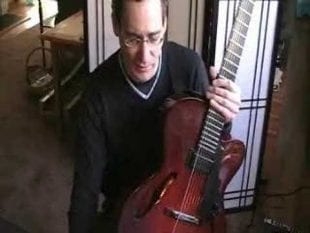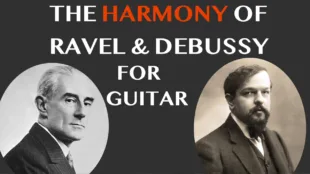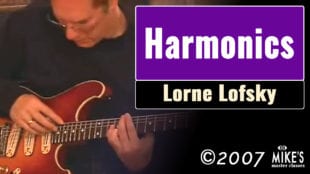![]() Jazz guitar is a complex and rich genre that requires creativity, technique, and an understanding of the music theory. While there are many techniques and concepts that jazz guitarists need to master, one of the most important is the ability to think differently. By approaching jazz guitar with a fresh perspective, you can develop a unique voice and stand out from the crowd. In this article, we’ll explore six ways that jazz guitarists can think differently and take their playing to the next level.
Jazz guitar is a complex and rich genre that requires creativity, technique, and an understanding of the music theory. While there are many techniques and concepts that jazz guitarists need to master, one of the most important is the ability to think differently. By approaching jazz guitar with a fresh perspective, you can develop a unique voice and stand out from the crowd. In this article, we’ll explore six ways that jazz guitarists can think differently and take their playing to the next level.
Embrace Dissonance
One of the hallmarks of jazz music is the use of dissonance. Jazz guitarists can incorporate dissonant notes and intervals into their playing to create tension and interest in their solos. By embracing dissonance, you can push the boundaries of traditional jazz guitar and create new and unique sounds.
To start incorporating dissonance into your playing, try experimenting with playing notes that clash with the underlying chord. For example, if you’re playing over a Cmaj7 chord, try playing a G# instead of the expected G note. This will create a dissonant sound that can add interest and tension to your solo.
Recommended Dissonent Courses
Unique Sounding Rhythms
Jazz music is all about rhythm, and jazz guitarists need to be able to play with a variety of rhythmic feels. To think differently about rhythm, try experimenting with odd time signatures, syncopated rhythms, and polyrhythms.
For example, try playing in 5/4 time instead of the more traditional 4/4 time. You can also experiment with syncopated rhythms by playing off the beat, or playing with a swing feel. By playing with different rhythms, you can create unique and interesting solos that stand out from the crowd.
Courses Diving Into Odd Meters
Think Harmonically
Jazz guitarists need to have a deep understanding of harmony to be able to improvise and create interesting solos. To think differently about harmony, try experimenting with different chord voicings, chord substitutions, and modal playing.
For example, instead of playing a traditional major or minor chord, try playing a chord with added extensions or altered notes. You can also experiment with chord substitutions by playing a different chord in place of the expected chord. Modal playing involves playing over a specific mode instead of the traditional major or minor key.
Courses Harmonically Driven to New Heights
Incorporate Non-Guitar Influences
To stand out as a jazz guitarist, it’s important to draw inspiration from a variety of sources. By incorporating non-guitar influences into your playing, you can create a unique voice and style.
For example, you can draw inspiration from saxophonists, pianists, or even non-jazz musicians like rock guitarists or classical composers. By incorporating these influences into your playing, you can create a unique and personal style that sets you apart from other jazz guitarists.
Exercising the Non-guitar Brain for Inspiration
Experiment with Different Sounds
Jazz guitarists often use a variety of effects and pedals to create unique and interesting sounds. To think differently about sound, try experimenting with different pedals and effects, or even different guitars and amps.
For example, you can experiment with distortion, delay, harmonics, or reverb pedals to create different sounds and textures. You can also experiment with different guitars and amps to find the perfect tone for your playing.
Different Sounds for Your Ear
Ultimately you guide your own creative path. We are here with you are your exploration and journey!



















